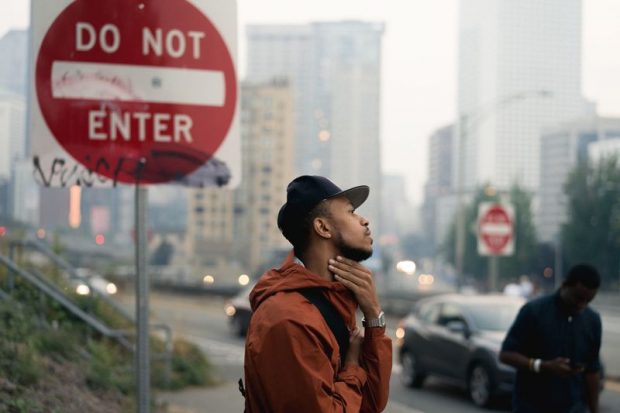The 8-Second Trick For Framing Streets
The 8-Second Trick For Framing Streets
Blog Article
Framing Streets Can Be Fun For Everyone
Table of ContentsThe 8-Minute Rule for Framing StreetsSome Known Factual Statements About Framing Streets Some Of Framing StreetsThe Greatest Guide To Framing StreetsFraming Streets - QuestionsThe 10-Minute Rule for Framing Streets
, usually with the purpose of catching pictures at a crucial or emotional minute by careful framework and timing. https://www.easel.ly/infographic/04m0k9.
Consequently his boots and legs were well defined, however he is without body or head, due to the fact that these remained in motion." Charles Ngre, waterseller Charles Ngre. https://framing-streets.jimdosite.com/ was the initial photographer to obtain the technical refinement required to sign up people in motion on the road in Paris in 1851. Digital Photographer John Thomson, a Scotsman working with reporter and social lobbyist Adolphe Smith, released Road Life in London in twelve month-to-month installments starting in February 1877
Framing Streets - The Facts
Eugene Atget is considered a progenitor, not because he was the first of his kind, but as an outcome of the popularisation in the late 1920s of his document of Parisian roads by Berenice Abbott, that was motivated to undertake a similar documents of New york city City. [] As the city established, Atget helped to advertise Parisian streets as a deserving subject for photography.

See This Report on Framing Streets
Between 1946 and 1957 Le Groupe des XV each year exhibited work of this kind. Andre Kertesz. Circus, Budapest, 19 May 1920 Road photography developed the major material of 2 events at the Gallery of Modern Art (Mo, MA) in New york city curated by Edward Steichen, 5 French Professional Photographers: Brassai; Cartier-Bresson, Doisneau, Ronis, Izis in 1951 to 1952, and Post-war European Digital Photography in 1953, which exported the principle of road photography worldwide.

The Of Framing Streets
The recording maker was 'a covert video camera', a 35 mm Contax concealed under his coat, that was 'strapped to the upper body and linked to a long wire strung down the appropriate sleeve'. His job had little contemporary effect as due to Evans' level of sensitivities regarding the creativity of his job and the personal privacy of his subjects, it was not released until 1966, in the publication Many Are Called, with an intro composed by James Agee in 1940.
Helen Levitt, then a teacher of young youngsters, associated with Evans in 193839. She recorded the transitory chalk illustrations - sony a7iv that belonged to youngsters's street culture more tips here in New York at the time, along with the children that made them. In July 1939, Mo, MA's new digital photography section consisted of Levitt's operate in its inaugural exhibitRobert Frank's 1958 book,, was considerable; raw and frequently indistinct, Frank's images questioned traditional digital photography of the moment, "challenged all the formal rules laid down by Henri Cartier-Bresson and Pedestrian Evans" and "contradicted the wholesome pictorialism and sincere photojournalism of American magazines like LIFE and Time".
Report this page